Cast Molding Serivce
- Rapid prototypes
- Urethane casting
- On-demand production parts
- All uploads are secure and confidential!
Get a Quote
DFM
Tool Making
Sample Test
Production & QC
Delivery
What is Cast Molding
With rich experience, Zhongde experienced engineers can accurately analyze whether the product is suitable for cast molding process according to the product structure.
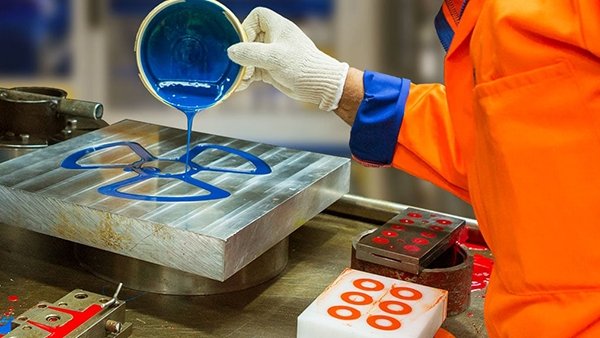
Cast Molding Molds Making and Tooling Services
| Item | Details |
|---|---|
| Rapid Tooling | Mold working lifetime up to 20,000 runs. |
| Production Tooling | Traditional molds are used for mass production. |
| Mold Type22 | Family molds, Single cavity molds and multi-cavity molds. |
| Multi Cavities Moulds | More than one part per cycle. |
| Family Moulds | Produce two or more different sizes and shape parts per cycle. |
| Mold Material | Steel P20, H13, H136, 2316, 2344, 083, 718H, SKD618, etc. |
| Mold Storage | 3 years in inactivity |
| Mold warranty | Lifetime warranty on production molds. |
| Mold Remachining | We can re-machine the molds if there are any changes required, basis on mold structure. |
| Maximum Dimensions | 2500mm*2000mm |
Cast Molding Size Chart
| Size | Metric | Inch |
|---|---|---|
| Length | 2500 | 98.4 |
| Width | 2000 | 78.7 |
Cast Molding Materials
- PU | Polyurethane
- LSR | Liquid Silicone Rubber
- MC Nylon
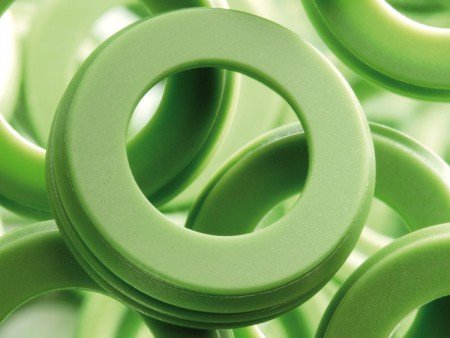
Cast Molding Surface Finishing

Glossy

Semi-glossy

Matte

Textured

Our Quality Promise
Zhongde is committed to providing quality products that meet or exceed the needs of our customers through continuous improvement.
Strictly follow the confirmed drawings or samples to produce. If there is any deviation, our company will replenish to our customers to make up for the loss.
Advantages of Cast Molding
- Low-volume production
- High accurate production
- A wide variety of finish options
- Rapid turnaround on parts
- Durability for maximum wear and strength
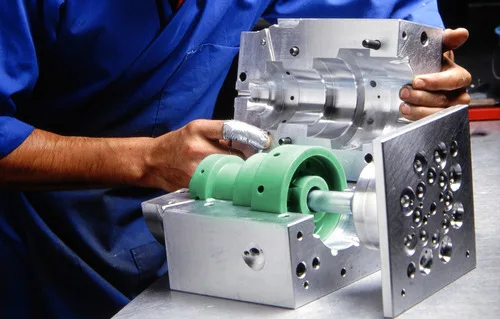

Cast Molding vs. Injection Molding
The Urethane Cast Molding Process
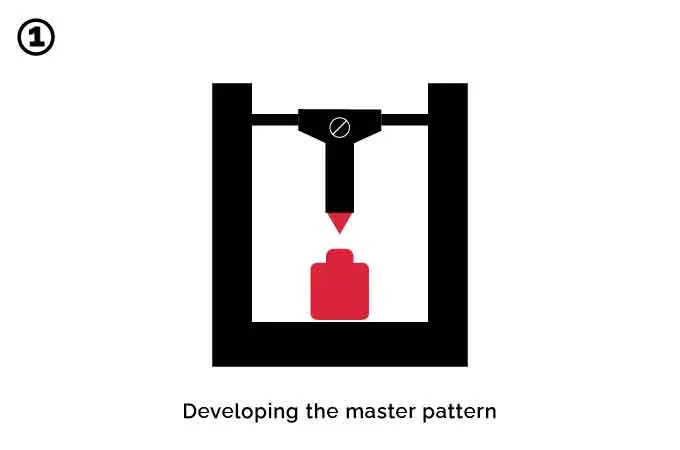
Developing the Master Pattern
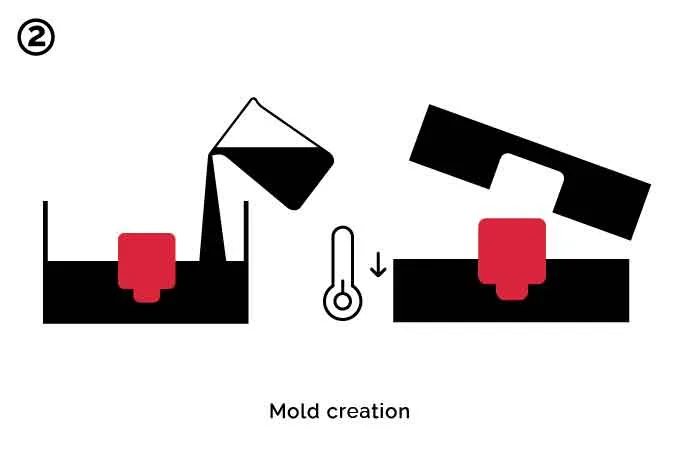
Mold Creation

Resin Mixing and Pouring
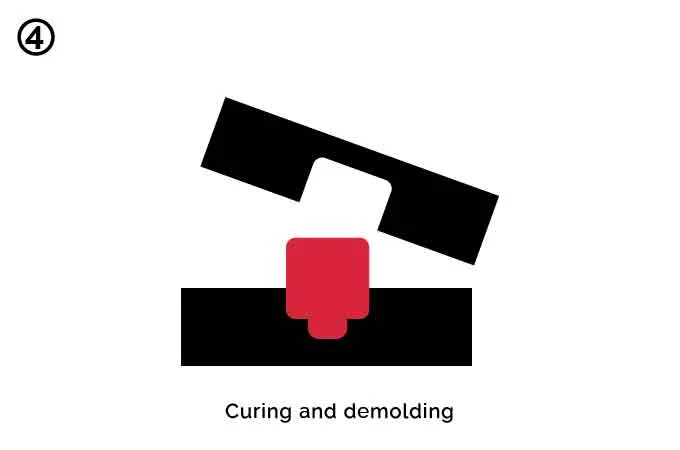
Curing and Demolding

Trimming and Finishing
Zhongde-Your Urethane Cast Manufacturer

Cost Effective

Consistency and High Quality

Proven Success
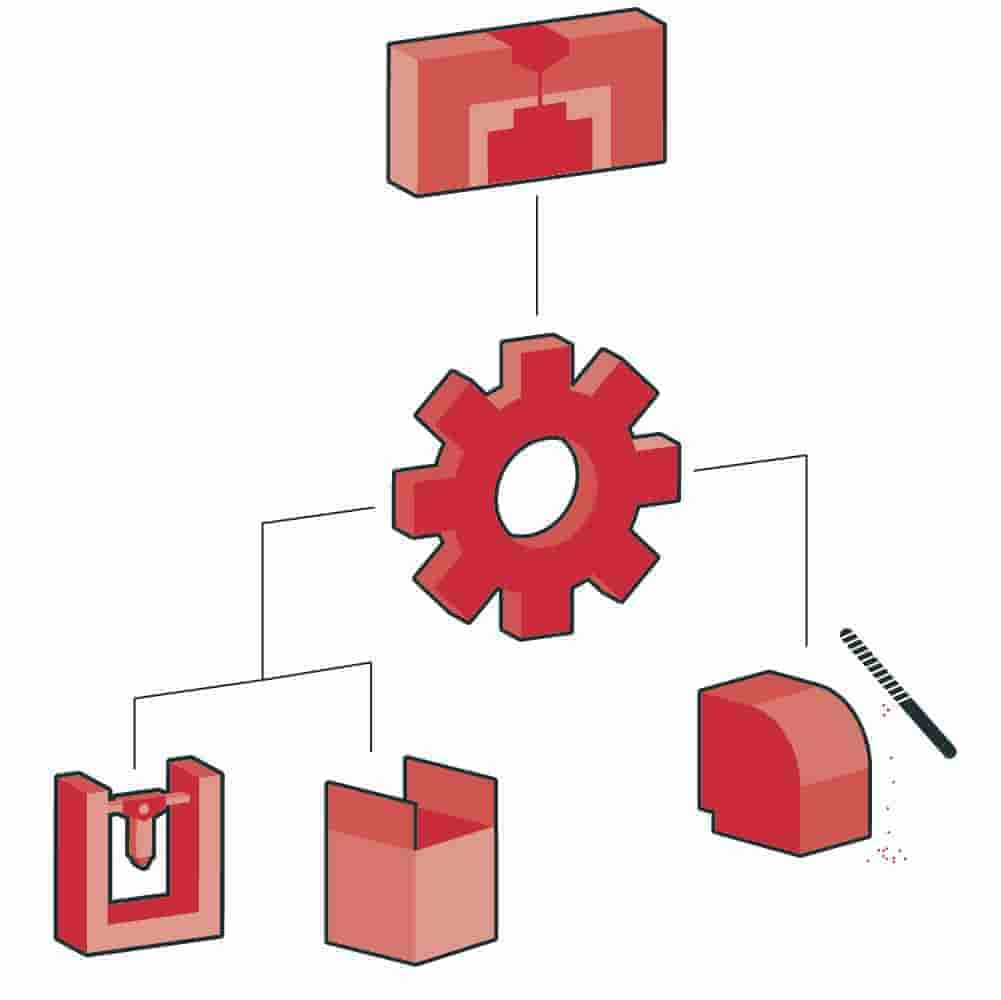
Complete Range of Service
Start A New Project Right Now!
Custom Cast Molding Parts
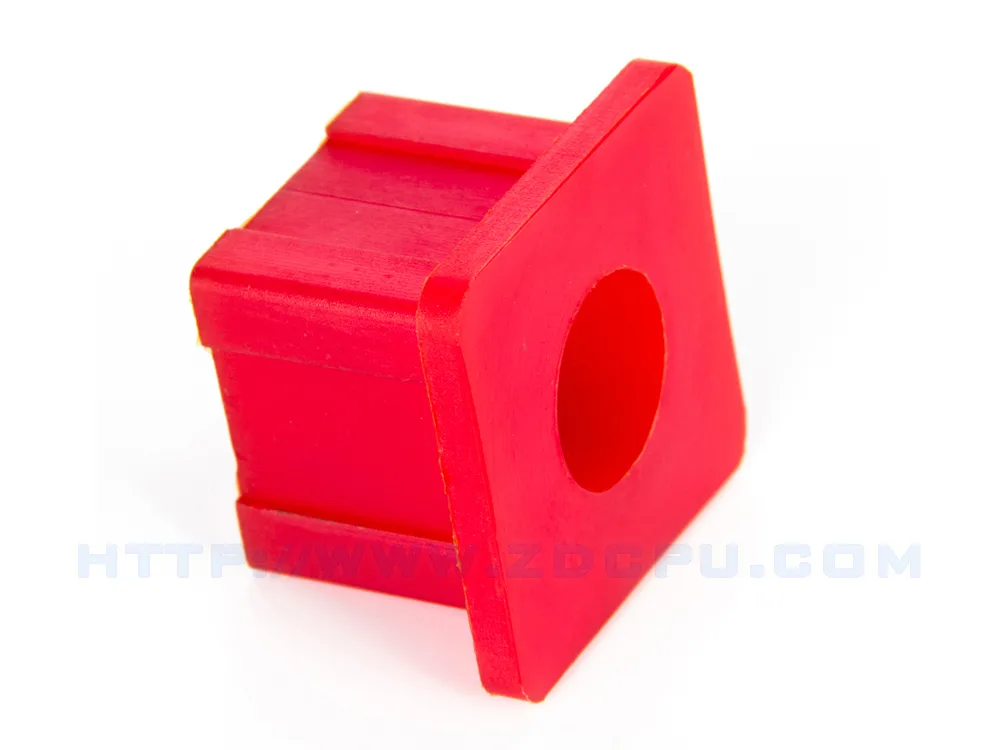
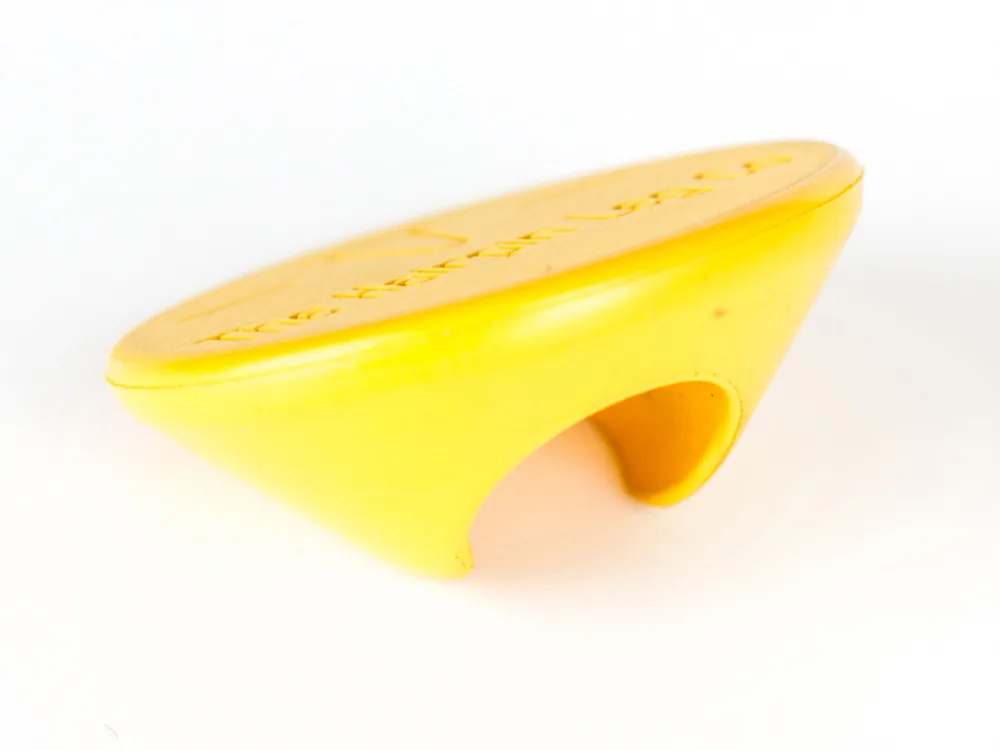

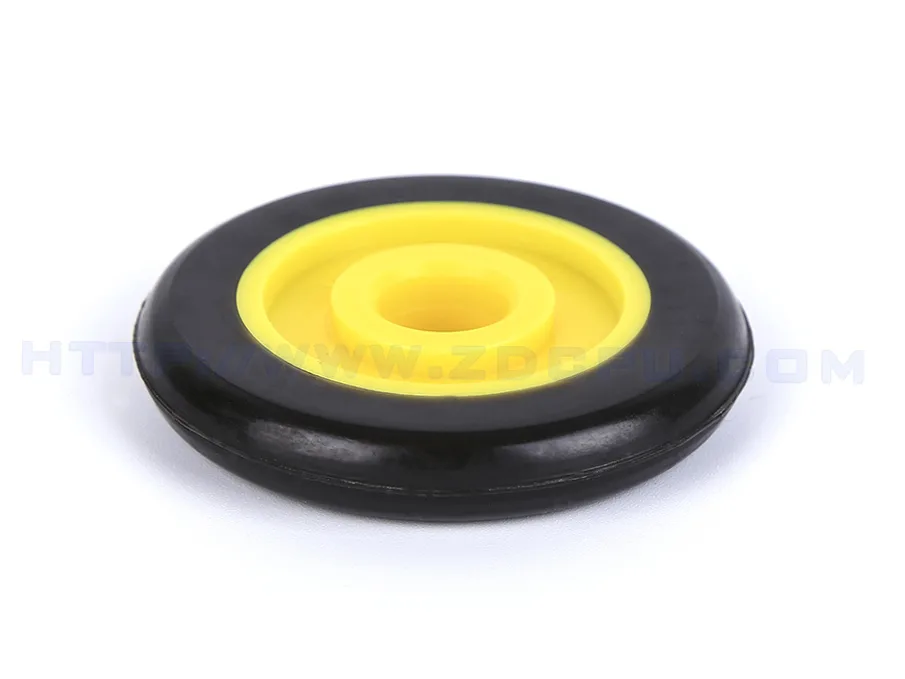

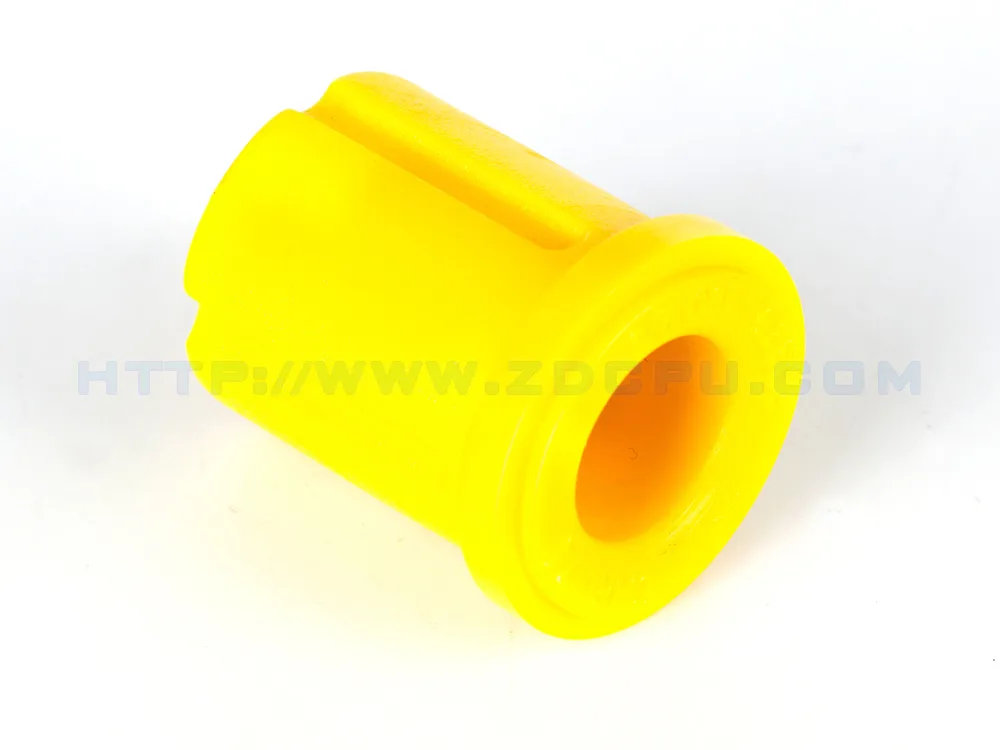
FAQs of Cast Molding Service
What is the expected lead time for the casting molds?
Can you provide samples or prototypes before full production?
Can you accommodate design modifications or revisions?
Knowledge Hubs

Mastering Molded Parts Boss Design: A Guide to Success
Molded parts designing is complex and involves a multitude of factors such as functional requirements, material selection, and structural considerations.

The Development of Hot Compression Molding and Its Technology Equipment
Various new materials and process technologies for hot compression molding (such as: WCM, LFI, PHC, DFCM, RPM, TPF, etc.) continue

Plastic Parts Rib Design: Strengthen the Plastic Injection Molded Parts
Plastic parts rib design is a critical element in ensuring the strength, functionality, and efficiency of the final product. In